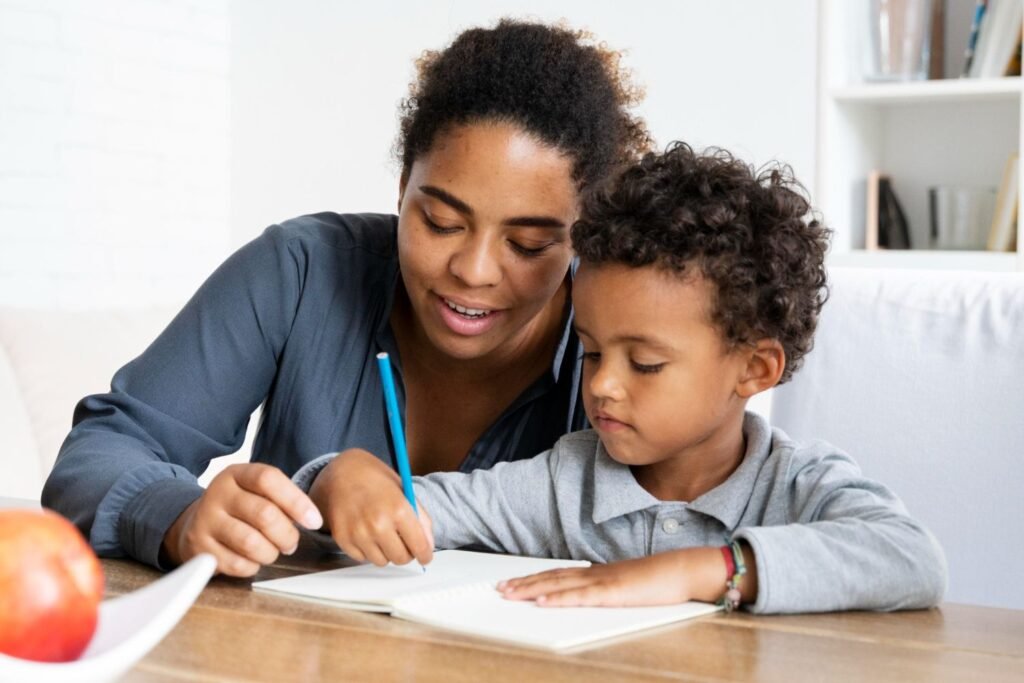August 13, 2024

Joint attention is using gestures and gaze to share attention to interesting objects or events and, as a result, there is an understanding between the two people that they are both interested in the same object or event.
Joint attention refers to the shared focus of two individuals on an object or event.
It happens when two people pay attention to the same thing and let each other know that they are sharing that moment. This can be carried out by looking at each other, gesturing, pointing to and saying something about the thing or event of interest.
Joint attention is a building block for children to learn to communicate (it can be used to initiate communication and communication exchanges). When children focus on the same thing as their caregivers, and when they hear the words that match their joint focus, they are primed to learn new words.
The parts of joint attention includes : initiating joint attention and responding to joint attention
Initiating joint attention involves drawing someone’s attention to something interesting, while responding to joint attention involves responding when someone else draws your attention to something.
Example: A father is sitting outside with his daughter. The father sees a caterpillar crawling on a leaf and says, “Look, a caterpillar!” The girl responds by following her father’s gaze and looking at the caterpillar. The girl then looks back and forth between the father and caterpillar to confirm that they are still both looking at the same object. This interaction gives the infant an opportunity to understand that she and her father are looking at the caterpillar, develop language skills, and engage socially with another person.

Look out for our next post on how to help your child build joint attention skills and examples of joint attention activities.
Empowering Special Hearts. One flame at a time...